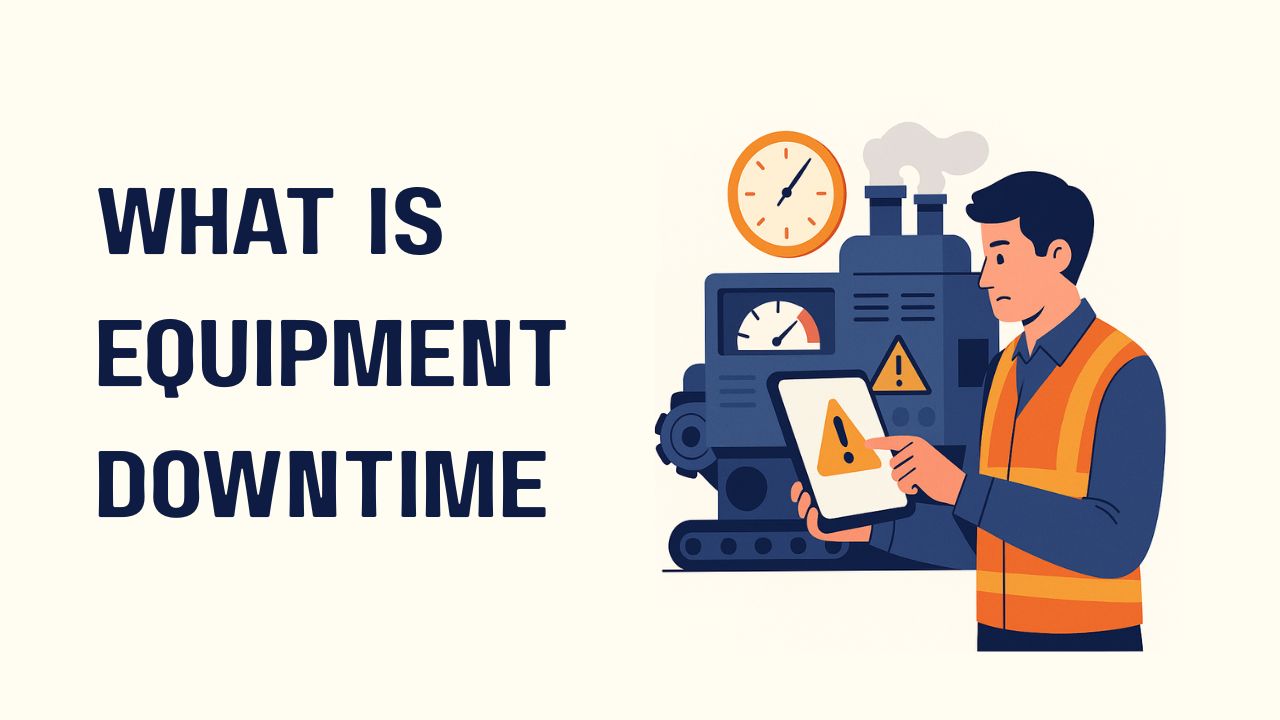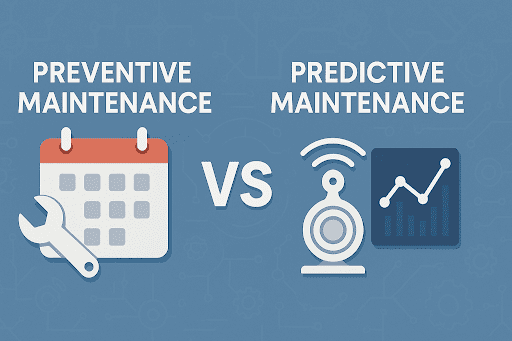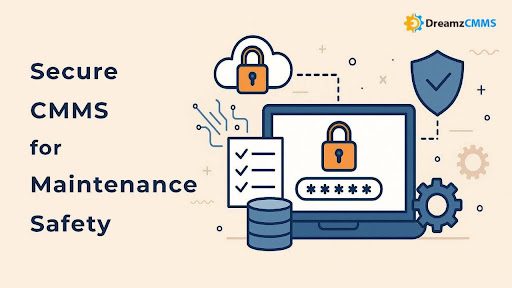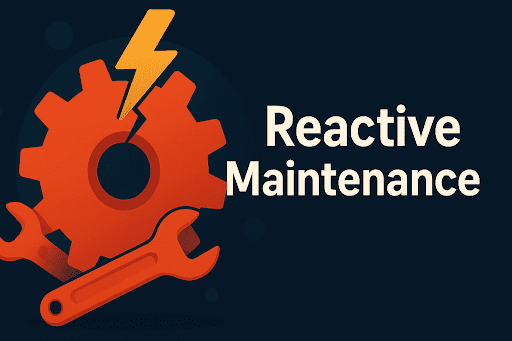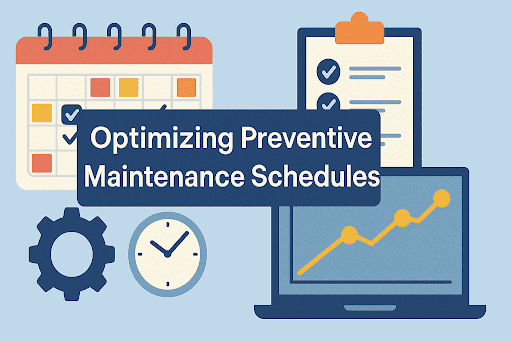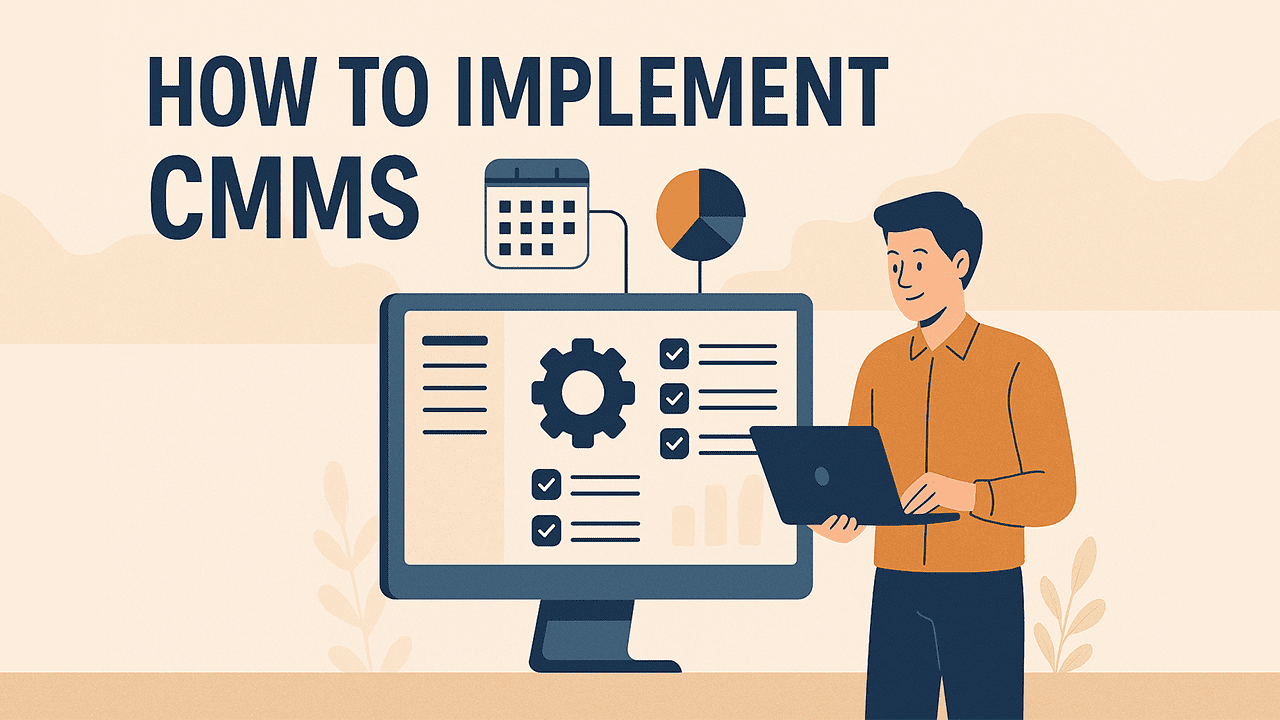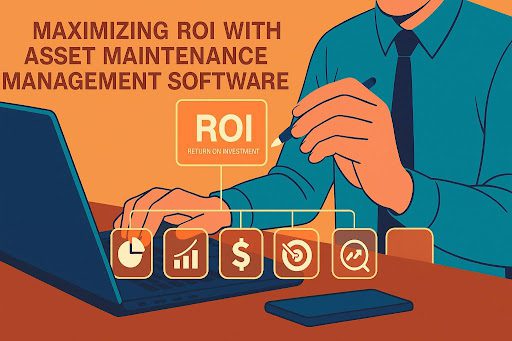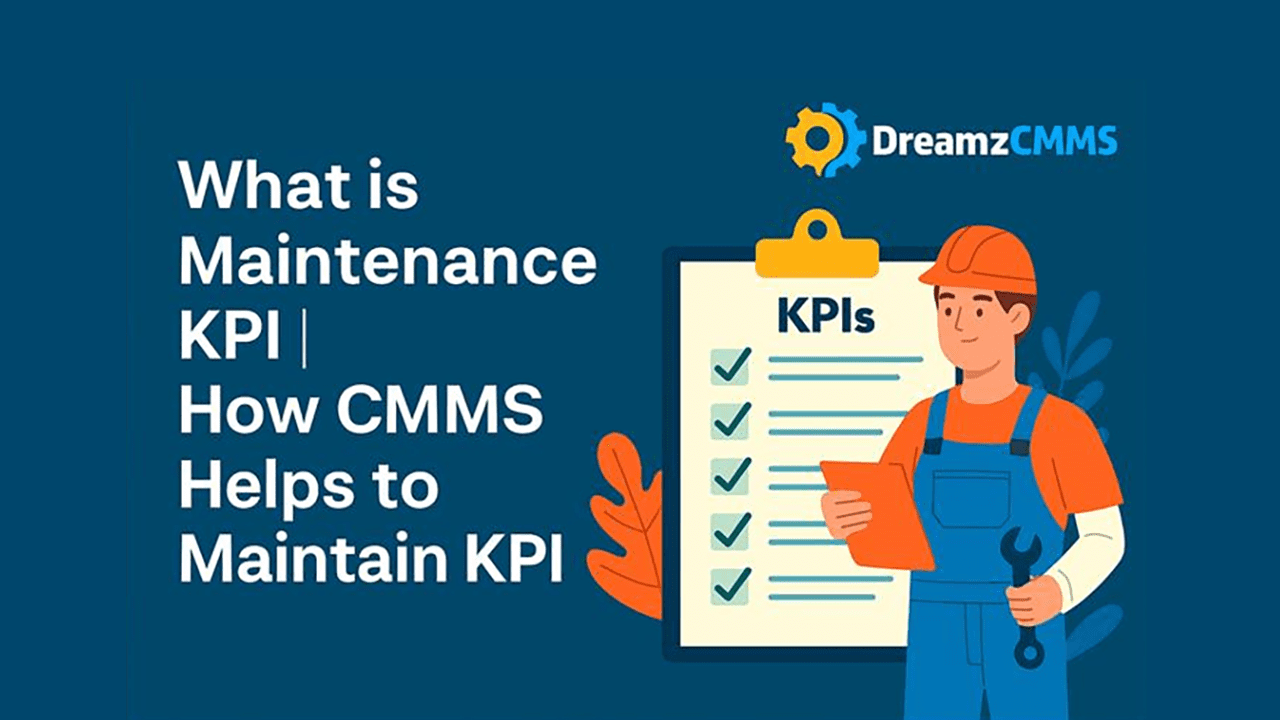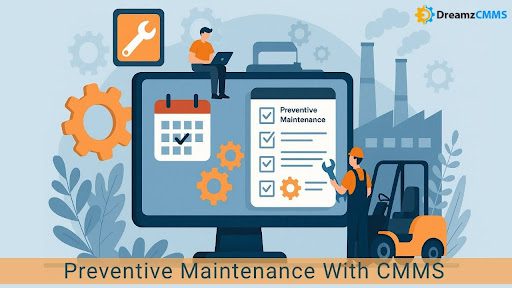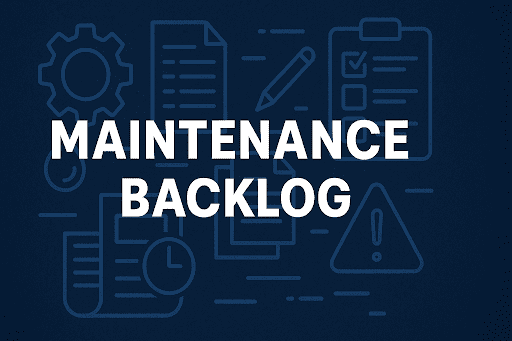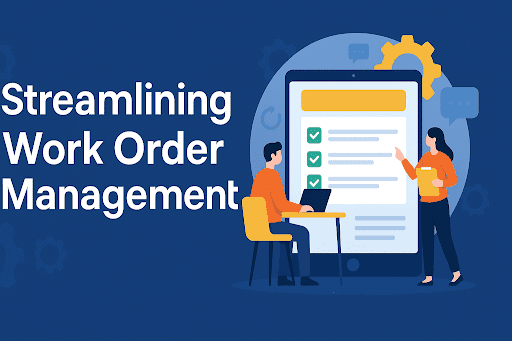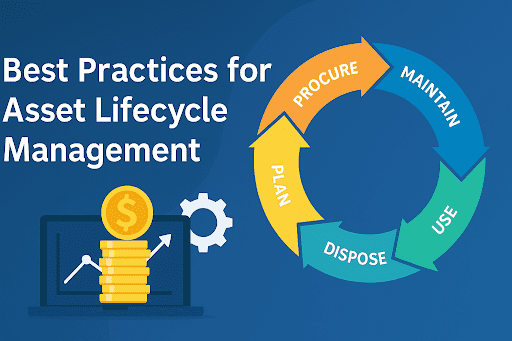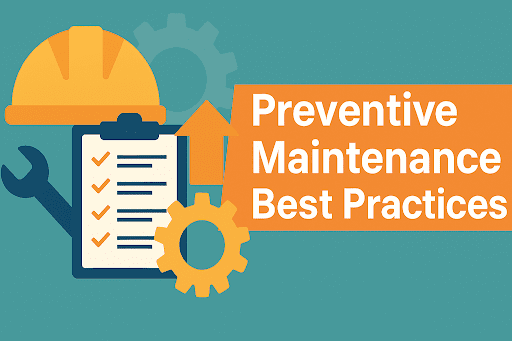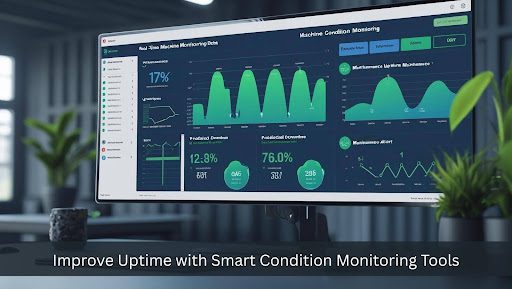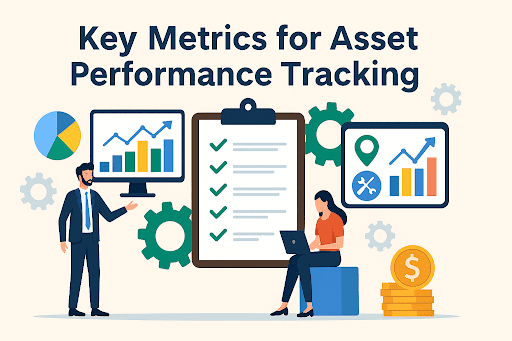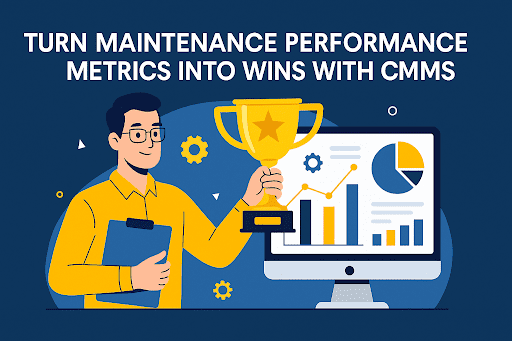 BACK TO Blog
BACK TO Blog
Asset Rental Management
Asset Maintenance
Introduction: Why Asset Management Matters More Than Ever Every business depends on assets to function, from machines on the shop floor and vehicles in the field to HVAC systems and IT infrastructure. Without a well-defined asset management strategy, even minor oversights in equipment care can lead to major setbacks. When
- April 18, 2025
- Debraj Basu
- 7 minutes read

- April 18, 2025
- Debraj Basu
- 7 minutes read
Introduction: Why Asset Management Matters More Than Ever
Every business depends on assets to function, from machines on the shop floor and vehicles in the field to HVAC systems and IT infrastructure. Without a well-defined asset management strategy, even minor oversights in equipment care can lead to major setbacks. When those assets are not maintained properly, the consequences, like delayed production, increased repair costs, safety concerns, and even missed compliance checks, can show up quickly.
A structured asset management strategy gives businesses control. It is not just about maintenance; it is about ensuring assets deliver value throughout their lifecycle.With support from tools like CMMS platforms, predictive service alerts, and real-time tracking, teams can respond quickly to what their assets actually need. This allows businesses to reduce surprises, extend the working life of equipment, and use resources more wisely.
Throughout this guide, you will see the practical benefits of asset management strategy and how a structured, data-informed plan can help organizations work smarter not harder while supporting sustainable and efficient growth. How businesses are leveraging modern systems and smarter workflows to get more value from every asset they manage.
Core Benefits of Asset Management Strategy
A strong asset management strategy helps organizations stay ahead of costly breakdowns, improve performance, and extend asset life. In this section, we will explore the real-world benefits of asset management strategy and how they support smarter, more efficient operations.
1. Real-Time Awareness of Asset Status
Modern software platforms like CMMS and asset tracking tools give teams immediate access to asset information. Location, condition, usage history, it is all updated live.
This leads to:
- Accurate inventory of resources
- Streamlined audits and inspections
- Easier scheduling for repairs or replacements
Seeing what is going on in real time makes your team more responsive and informed.
2. Protecting Equipment Lifespan
Every piece of equipment has an expected life. With Preventive Maintenance, businesses catch problems before they lead to damage, significantly extending usable years.
Why does it matter?
- Delays capital investments
- Avoids production stoppages
- Increases reliability and availability
Regular servicing can help organizations increase machinery uptime and reduce wear by more than 25%, according to industry estimates.
3. Smarter Spending on Maintenance
A good plan cuts waste. When you schedule maintenance based on usage or condition rather than fixed timelines, you save time and money.
Key benefits include:
- Avoiding unnecessary work
- Less need for emergency fixes
- Fewer expensive rush orders for spare parts
Asset maintenance that is tied to performance data is always more efficient.
4. Better Day-to-Day Operations
Smooth-running equipment helps your whole team stay on track. When breakdowns are rare and fixes are planned, productivity climbs.
You will see:
- More consistent output
- Better use of technician time
- Fewer work stoppages and slowdowns
Work order automation also helps organize tasks and communicate changes instantly.
Looking for a better way to manage your assets?Explore our Asset Maintenance Management Software to streamline operations, reduce downtime, and keep equipment running at peak performance. |
5. Reduced Risk and Improved Compliance
Rules and regulations around asset safety are not optional. Having scheduled checks and clear documentation ensures you stay compliant.
Compliance gains include:
- Timely inspections and records
- Fewer safety violations
- Less liability exposure
Compliance becomes streamlined through data-driven tools.
6. Boosted Asset Efficiency
Analyzing asset performance helps identify underused, idle, or overworked equipment. This allows organizations to rebalance workloads, rotate assets, and increase uptime.
Efficiency results in:
- Improved resource allocation
- Fewer bottlenecks
- Higher performance across all sites
Smart usage prevents resource waste.
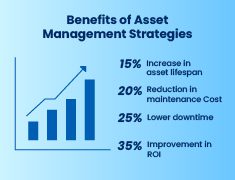
7. Simplified Data Access
Centralized asset data ensures every stakeholder from technicians to C-suite works from the same playbook. Fast access improves decisions and reduces redundancies.
You will benefit from:
- Streamlined service history lookup
- Fewer duplicate entries and miscommunications
- Faster onboarding for new team members
Data centralization supports organizational agility.
8. Unified Efforts Across Departments
When teams share tools and data, collaboration improves. A unified asset management strategy helps align operations, finance, and compliance.
Results:
- Joint planning and budgeting
- Accurate cost forecasting
- Seamless reporting and analysis
Breaking silos enhances performance across the board.
9. More Environmentally Responsible Operations
Sustainable practices are easier with better asset maintenance. Efficient assets consume less energy and create less waste.
Green benefits:
- Longer equipment life = fewer replacements
- Less energy waste from degraded machinery
- Compliance with green standards and ESG goals
Eco-efficiency is built into smart strategies.
10. Long-Term Strategic Planning
Historical performance data informs smarter decisions about repairs, replacements, and upgrades. Teams plan confidently based on evidence, not assumptions.
Planning outcomes include:
- Lower capex from extended lifecycle planning
- Strategic upgrades based on actual wear
- Data-informed budgeting and resource allocation
Asset intelligence supports future growth.
11. Maximized Return on Investment
Every asset purchase represents an investment. Well-maintained assets cost less over time and deliver greater output.
With smart care, organizations gain:
- Reduced total cost of ownership
- Increased uptime and productivity
- Fewer premature replacements
Studies show structured maintenance improves capital ROI by up to 20%.
12. Clearer Direction for Decision-Makers
Executives and facility managers need actionable insights, not raw data. With analytics dashboards and automated reporting, strategy becomes proactive.
Executive gains include:
- Confidence in capital planning
- Real-time alerts for asset performance trends
- Risk visibility across portfolios
Clarity leads to better strategic alignment.
What Companies Are Experiencing
"After rolling out a centralized maintenance platform, we improved asset uptime and reduced overtime labor by 40%."
— Heather T., Director of Plant Operations, OmegaFlow
"Our audits are now faster and smoother. Everything is digital and traceable."
— Kevin L., Compliance Manager, Axis Health Systems
"We’ve stretched our budget further with data-driven maintenance schedules. Less waste, more reliability."
— Priya R., Facilities Supervisor, MetroServe Group
Make Maintenance a Business Advantage
A modern asset management strategy is not about fixing what is broken, it is about building a smarter operation from the ground up. With clear data, proactive service, and aligned systems, your business gains efficiency, saves money, and improves safety. Through integrated systems like CMMS software, real-time tracking, and predictive maintenance tools, teams move from guesswork to informed decision-making.
These changes not only impact maintenance teams, they drive strategic outcomes across departments. Finance can budget more accurately, compliance officers can rely on data, and leadership has a clearer view of performance. The true benefits of asset management strategy reach beyond operations to influence long-term sustainability and growth.
If you are still juggling spreadsheets or relying on memory, now is the time to shift. Asset intelligence is not just for large companies, it benefits any team looking to grow sustainably and competitively.
If your current approach still relies on manual updates or disconnected systems, this is your chance to change course. Start small. Pilot a solution. Train your team. As improvements take hold, your entire organization will feel the impact.
Many companies are rethinking how they manage their assets. A well-planned asset management strategy helps prevent issues by focusing on regular maintenance, timely repairs, and accurate data tracking. Even small updates like better logs or service reminders can reduce downtime and improve decision-making. Starting small can lead to big results, helping teams extend asset life and improve reliability over time.
Ready to experience the benefits of asset management strategy?
Take control of your assets with a data-driven approach that empowers every department.
Book a free demo and consultation today to explore how an effective asset management strategy can help you improve operational efficiency, cut maintenance costs, and maximize the value of your assets.
Ready for More?
Talk to one of our CMMS experts and see how DreamzCMMS can simplify your maintenance operations.
Book a free consultation
